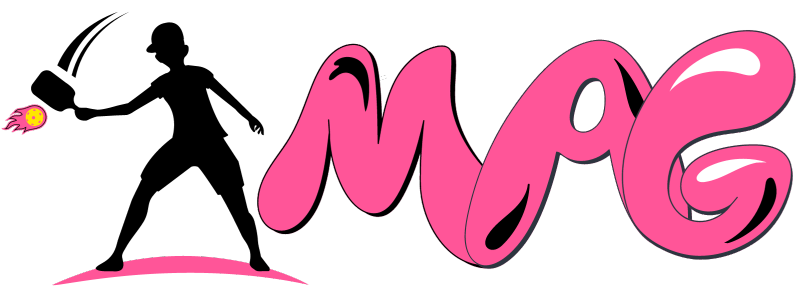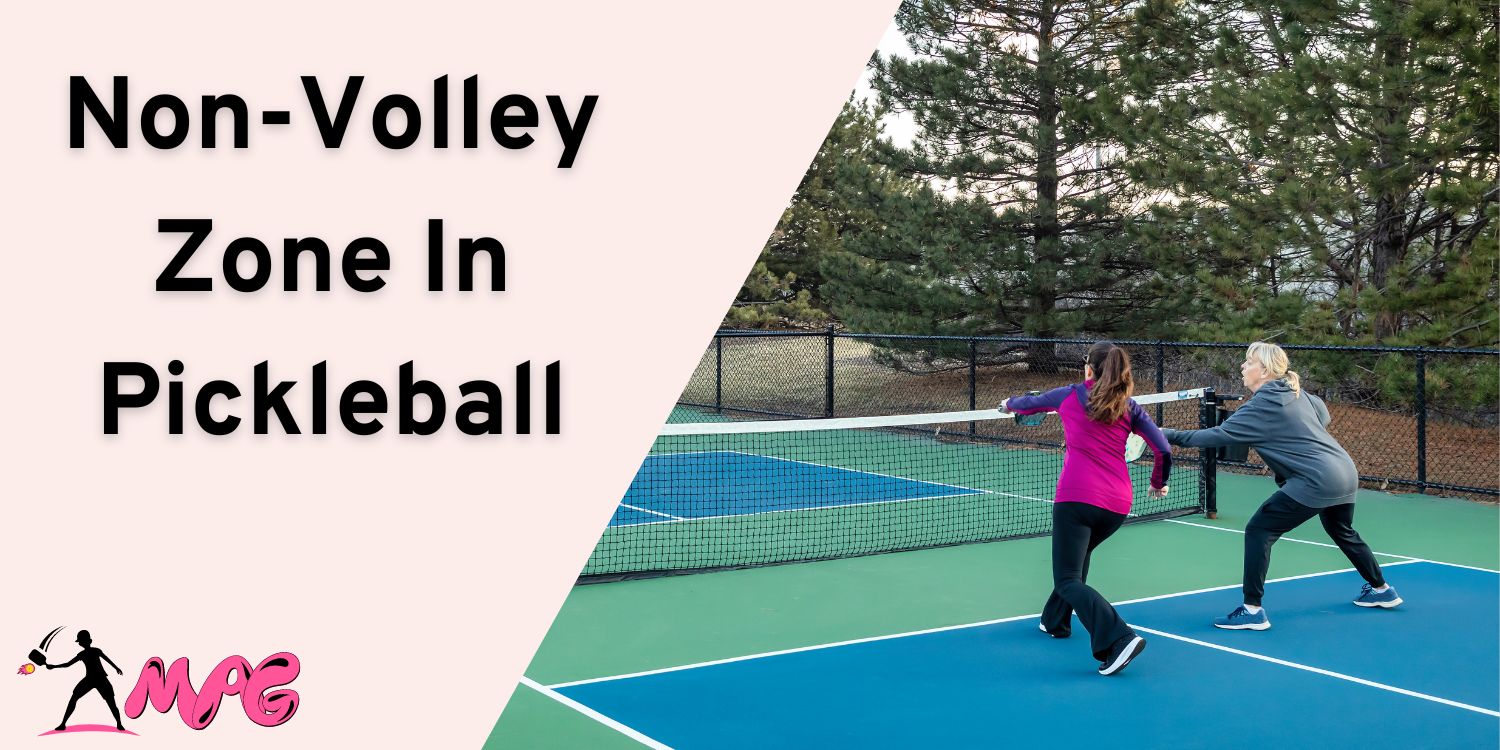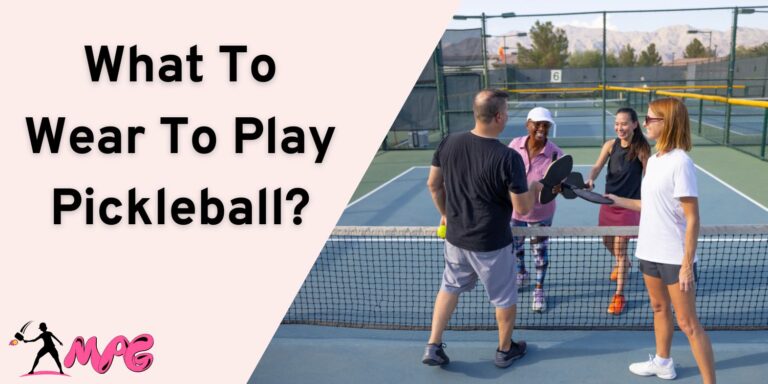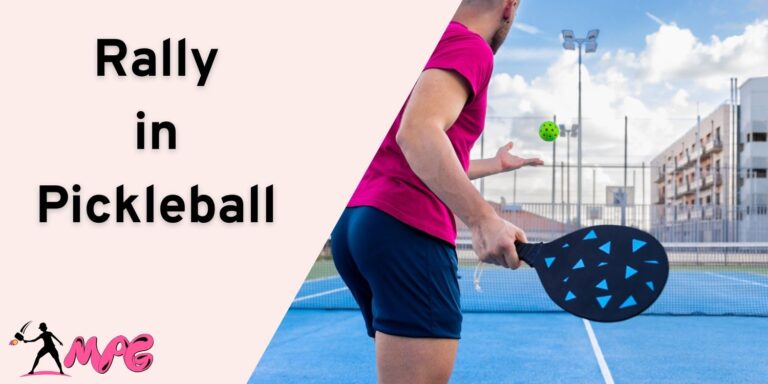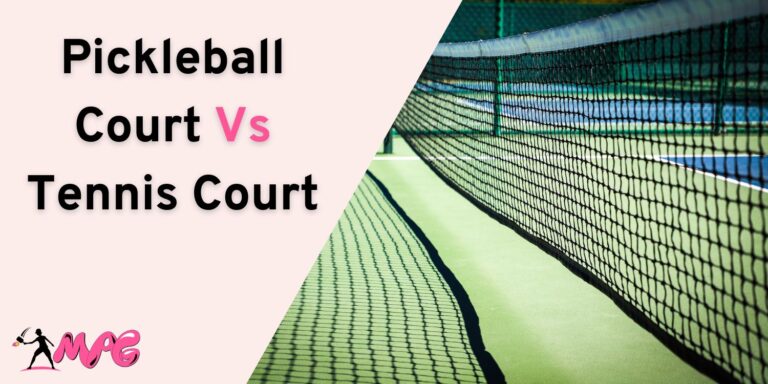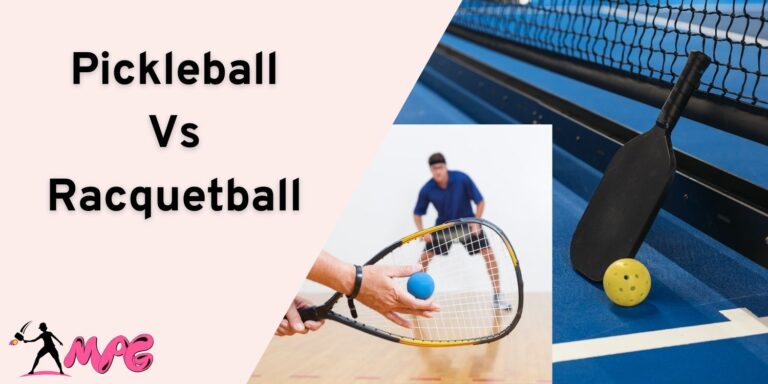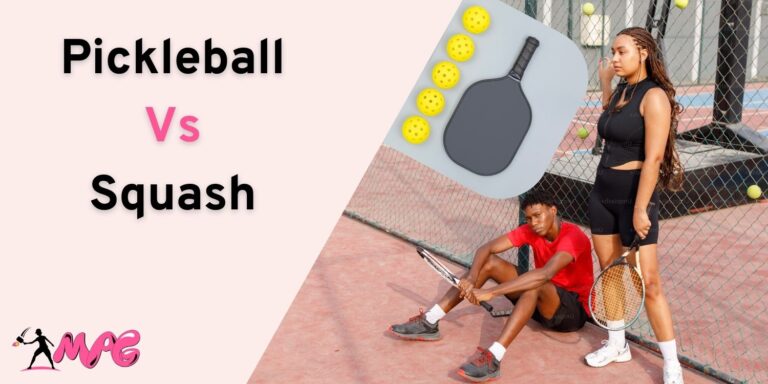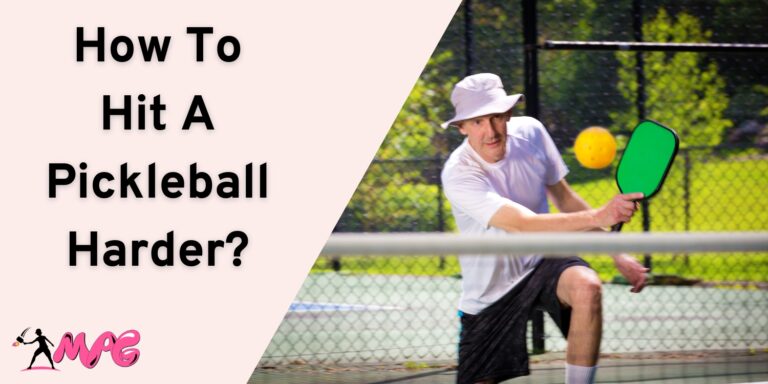What Is Non-Volley Zone In Pickleball? – And Why It’s Important
The best part about getting into or adapting to the rules and playstyles of pickleball is that whenever you step onto the court, it feels familiar, almost identical to a tennis or badminton playing field.
However, you may have noticed it has a wider kitchen zone that ranges up to 7 feet from the net which is also known as Non-volley Zone.
Along with the 22-foot-high and 36-inch high net, the 7-foot non-volley zone divides the 44-foot-long pickleball court into two segments where corresponding players execute their shots depending on the place they are standing.
Speaking of which, the Non-volley zone or kitchen zone has its own set of rules to adhere to, and failure to do so results in a fault point.
To prevent such rookie mistakes which will eventually result in a couple of match losses, it is vital that you know what a non-volley zone is and what exactly its specialized set of rules are.
What Is A Non-Volley Zone In Pickleball And Its Rules?
Volleying means hitting a ball across the net without letting it touch the ground or the net.
Each side of the net has its own Non-volley zone (NVZ) which is also called the Kitchen zone where the ball isn’t allowed to be volleyed.
The NVZ is typically 7 feet wide and has its own distinctive line separating the playing field. Players countering the volley must hit it in their playing zone.
Rules of Non-Volley Zone (Kitchen Zone)
The rules of the Non-Volley Zone are as follows,
- The ball can bounce in the Non-Volley zone but can never be hit directly, if the player hits the ball it will result in a penalty.
- Along with the ball, any part of the player’s body or the paddle is prohibited in the Kitchen Zone when hitting the ball, otherwise, it will result in a score for the opposing team.
- However, before a ball hits, the player can maneuver in any place “including the kitchen zone” with no scoring restrictions.
- The strategy to enter the Non-volley zone before hitting the ball and after hitting it is valid, as long as the player or any part of the body isn’t in the Non-volley zone when contact with the ball is made.
How To Prevent Non-Volley Zone Fault
During volleying, mistakes can be easily made even by a professional athlete, Here is how you can prevent it.
1. Avoid Accessories
Quick lunges and lobs can bring the best out of an individual, avoiding wearing accessories such as a hat or glasses when playing the game.
If you do insist on wearing one, make sure it’s holstered tight so that it doesn’t slip out especially when you are standing near a non-volley zone.
I have seen plenty of players make this mistake of dropping their sunglasses on the NVZ whenever they are volleying a ball, which eventually results in a fault point for the opposing team.
2. Hold The Paddle Firmly
This might sound trivial but I have seen tons of rookie players hold their paddles so firmly that it usually slips out of their hand and even hits other players in some instances.
This is a direct violation of the code of conduct of the pickleball game resulting in a penalty or a fault point.
3. Find The Right Balance
Your stance will define the accuracy of the shot you may execute in the game. While players can perform shots from anywhere in the baseline region, a tiny misstep toward the kitchen zone line can put your team at the loss of a point.
Make sure you wear joggers and appropriate clothing that doesn’t dampen your balance since footwork plays a huge role in fast-paced competitive games.
Bottom line
Stay ahead of your league by being the most updated one amongst them. Being aware of all the rules in the sports you indulge in is not only a wise move but it also gives you a renowned status in the community.
Make sure you also share this esoteric knowledge with your friends and family. Stay focused and keep hustling!
